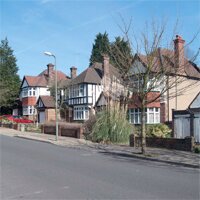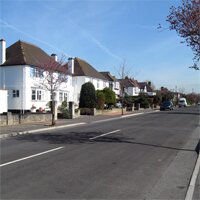Suburbs


More than 8 out of 10 people in England live in suburban areas. Many of these areas are undergoing significant change; in some areas by infilling and intensification, in others through a struggle to regain former vibrancy. Change is inevitable in every suburb in the country – this is often positive and in many cases necessary to ensure that they continue to be successful and valued places. But it is important to remember that decisions taken at the local level, even ones of the smallest scale, have implications for the identity and distinctiveness of the surrounding area. Suburbs and the Historic Environment identifies the trends driving change in our historic suburbs in the early 21st century and looks at some examples of best practice by local authorities in positively managing that change. It also contains a ‘checklist’ of factors for local authorities to consider when planning for change in historic suburbs.
A companion document, The Heritage of Historic Suburbs, sets out the history and evolution of the English suburb and outlines the context for the issues currently facing local planning authorities in relation to suburban areas.
English Heritage has also produced a brief guidance note on how to carry out a rapid area appraisal of a suburb or neighbourhood. As the name would suggest, these assessments can be carried out quickly and easily and provide local authorities with a straightforward way of understanding the architectural and historic significance of particular areas. Fuller and more detailed guidance on understanding historic areas will be published by English Heritage towards the end of 2007, and will also appear on the HELM website.
Suburbs and the Historic Environment is available in hard copy format from EH Customer Services (; ) or on-line from the HELM website in PDF format.
What's New?
-
Britain was the world’s first industrial nation and has a wealth of industrial heritage but many industrial sites have been lost or are at risk due to functional redundancy. English Heritage's survey has shown that the percentage of listed industrial buildings at risk is three times greater than the national average for listed buildings at risk.
-
The value of a well managed, protected and appreciated historic environment to both our quality of life and to the economy is well established. Heritage tourism contributes £20.6 billion to GDP a year whilst research shows that 93% of people think that in improving their local place it is important to save heritage assets.
